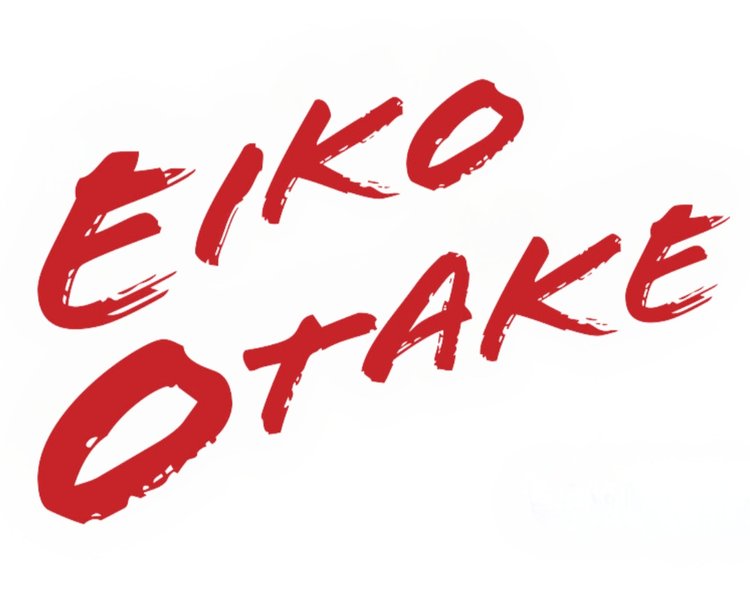Back to Virtual Studio
Back to Reflections
How Shall I Dance at a Cemetery?
Photo by William Johnston
August 2020 — The invitation to perform at Green-Wood Cemetery came last year from Gabriel Florenz, Founding Artistic Director of Pioneer Works, who hosted my performance and Fukushima photo exhibition in 2015. I had a site visit with Gabriel and Harry Weil, Director of Public Programs and Special Projects, the curatorial team of the Greenwood Cemetery. The date was set in July. I began imagining myself in the cemetery, then the date had to be indefinitely postponed. The pandemic and the resulting casualties inevitably added painful strain on performing in a graveyard in New York City. I was rather heavy-hearted and had hesitated as we began discussing the new date, September 26 and 27. Isn't it too soon? But the cemetery has been there for a long time. Relating to that time, rather than only focusing on the recent deaths, seems necessary. Death is everyone's future.
If not in September, the performances would be postponed until the next summer. And we do not know what kind of world New York will turn into. Throughout the pandemic so far, I have continued to work. I spoke and wrote (In Japanese and in English) to virtual viewers far more than usual, so my body has begun longing for non-verbal communication. Since I spent late fall teaching in the U.S. and January in China, and having been with the pandemic since, this would be the first time I perform after my longest hiatus as a performer. With hesitation, I actually yearn for being an active part of my community as a performer. And the cemetery will provide this opportunity with ample social distancing. Many people who left New York are also coming back in September.
What is a cemetery? The details, various life/death markers, plants, land, and visitors to a grave or to the whole cemetery are what make a cemetery. The details are the essence, the practical and conceptual core of mortality of both ends, visiting and visited. Seeing and being seen. Here, time is absorbed into the land, but it continues to grow, always passing. The graveyard marks death as much as it marks the traces of the past lives that lived, breathed, and labored. Attending death is a way to learn about death. By the time death happens upon oneself, it is unlikely that one can fully grasp the reality of death. Visiting a graveyard provides us an occasion in which we can collectively learn about death.
I have no intention to offer a theatrical production. My performance announcement is my promise to be there to offer my body for the time together with other visitors. My lone body will mark the place and the time when audiences can gather to meditate on how landscapes hold not only the deaths of people throughout history but also the flow of constant lives and deaths of all species. We will observe the cemetery carefully and actively so we can hear the transformation of lives and deaths. By doing so, I will fully sense the cemetery. I hope the audience members will do the same.
This week, there was another shooting. A new victim is Jacob Blake. Another powerful plea from family members. Athletes too have intensely protested. I am shaken.
Naomi Osaka stated that “before I am an athlete, I am a black woman. And as a black woman I feel as though there are much more important matters at hand that need immediate attention, rather than watching me play tennis.”
Borrowing her words, which I really appreciate, I question myself as I prepare towards a performance.
What am I before I am an artist? East Asian Woman. Japanese immigrant woman. I am so, and it is that body that will perform in the cemetery. Yet, for me at this point, I do not feel I am such BEFORE I am a performer. The world will not hear any cry by me not performing. For many viewers who decide to come, this might be the first performance they attend since March.
Am I just asking people to watch me dance? Or is there a way that seeing my body can be not a time to see what I do but to pass time, collectively and individually, reflecting on our time, on our loss, and on our future, the end of which is death?
Throughout history and recently, many people have died. Some deaths were unacceptable, very upsetting. In Japan's medieval theater Noh, the dead come back to tell the story of the betrayal they suffered. By listening and empathizing with the dead, it is believed the upset spirits of the dead will calm down and regain their dignity. Can we imagine listening in such a manner?
At the cemetery, I do not want to express my rage I now hold in my body. I do not want to make my performance an expression of rage, not at a cemetery. For that, I would go to a demonstration. I expressed my rage when I performed on Wall Street. A cemetery is where I want to move and reflect without words. I want to distill my rage into a deep sadness.
There have been so many upsets and unknowns. In coming to rehearse and to perform, I made a point of leaving my upsets at the gate, promising myself to pick them up on my way home.
A Body in a Cemetery
September 26 and 27, 2020 at 5:30pm
Green-Wood Cemetery
Presented by Green-Wood Cemetery and Pioneer Works as part of Graveyard Shift





















